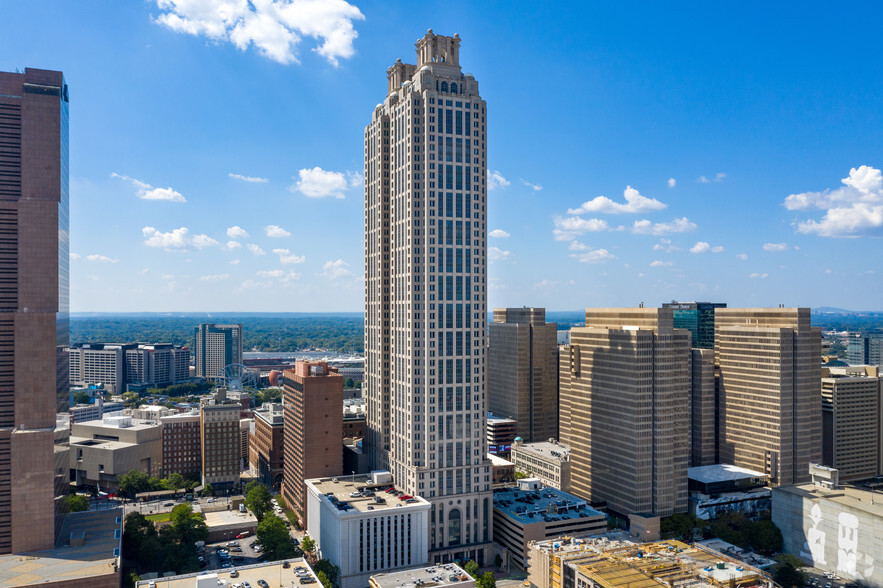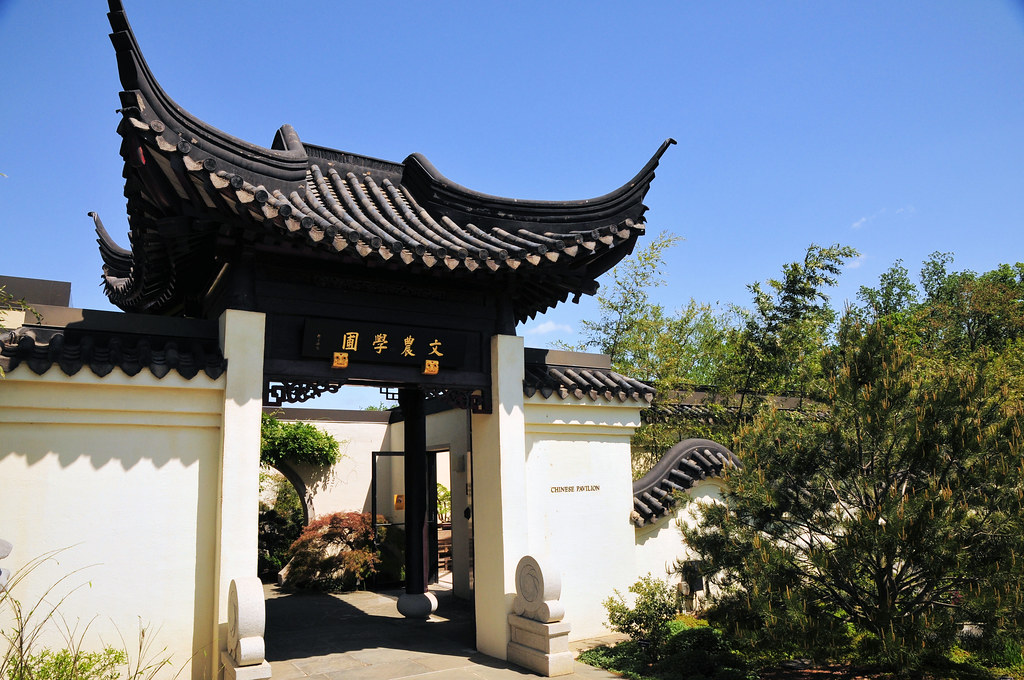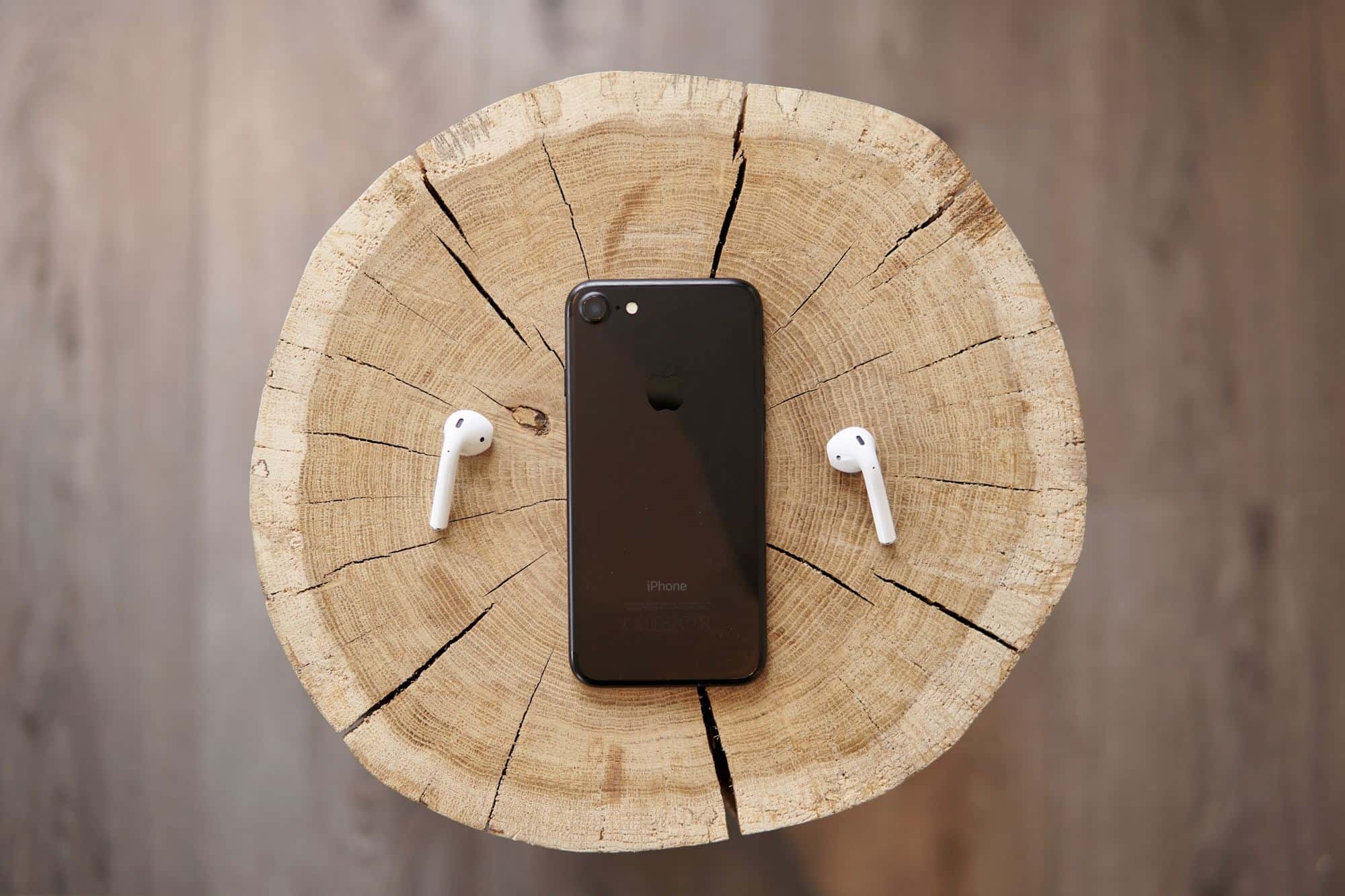Chinese architecture is a time-honored architectural tradition that started about 2,500 years ago during the Zhou era. It embodies the architectural style that has influenced architecture throughout Eastern Asia. Plus, its structural principles have remained essentially unchanged.
Chinese architectural growth sped up rapidly during the Han Dynasty. The few changes that occurred involved diverse decorative details. In addition, India and Buddhism influenced most architectural ideas because many architects and designers originated there. Nevertheless, Chinese ancient architecture has significantly influenced the architectural design of Korea, Japan, Vietnam, Mongolia, Singapore, the Philippines, Malaysia, Cambodia, Indonesia, Laos, Sri Lanka, and Thailand.
Chinese architecture is mainly characterized by walled compounds, landscaped gardens, raised pavilions, paneling, yellow-glazed roof tiles, vertical pillars, and wooden columns. Most of these features are still essential to modern architecture across East Asia.
Characteristics of Chinese Architecture

Image Credits: Advantour.com
Most of the Chinese buildings were built using timber. The people also used rammed earth, stone, or brick. Although each of these buildings had different features, they were made to survive the frequent earthquakes, typhoons, and floods that rampaged the place and allowed easier reconstruction. Besides the ease of renovation and survival, the buildings also reflected social order and religion.
1. Preference for Wooden Construction

Image Credits: Asiatimes.com
The Chinese culture originated along the Yellow and Yangtze Rivers. The thick forest along these river basins was a ready supply of wood for construction. As such, most traditional Chinese architectural structures were built using wood as the main construction material.
Wood was readily available in early china, flexible, and safest in seismic activities and flood disasters. It was also the best option since they were limited by technology and economic development.
Chinese wooden architecture has distinctive features that have not changed much from the Zhou Dynasty era up to the adoption of Western architecture. Chinese houses had traditional wooden architecture that featured a stamped earth base, wooden pillars that did go into the foundation, and flexible brackets.
The construction of wooden structures ensured that the buildings were resistant to earthquakes and storms and enabled reconfiguration, expansion, and reconstruction if the buildings were damaged. However, this dependency brought pressure on forest resources.
2. Heavy Overhanging Roofs

Image Credits: Wally Gobetz on Flickr.com
The wooden buildings were roofed using heavy ceramic tiles with wide eaves and slightly upturned corners. The durable yellow roof tiles were the favorite roofing material, though they were heavy.
The Chinese architects considered it important to cover wooden buildings with overhanging roofs to protect them from weathering since wood rots much faster when wet. The wide eaves were meant to provide shade in the summer. The slanted sunlight warmed the buildings during winter. Moreover, the eaves were not supported by columns past the walls and would overhang the walls by several meters.
3. Low rise

Image Credits: Magnifissance.com
Ancient China did not have tall buildings and few multi-story residential buildings. Ordinary houses and palace buildings had a single story. One-story buildings were preferred because they could better survive earthquakes and storm winds.
It was also more challenging to build strong multi-story buildings with wood. Therefore, low buildings were the preferred style by all, whether residents of the wealthy clans, officials, or the imperial clans.
However, there were exceptional cases where earth buildings (tulou) consisting of small castles were built to protect against invasion and harassment from pirates. Also, restaurants and hotels were built with two floors.
The only multi-story buildings in ancient Chinese architecture were temples, pagodas, military strongholds, and city walls. This was done after simplifying the roof beams to make the structure lighter. Multi-story buildings were also permitted in the southeastern corner of China, where there is little earthquake activity. If a clan could afford a multi-story building here, they were allowed to build two stories. They could, however, make a thick, tall wall to protect their facilities from occasional typhoons.
If a two-story building was constructed, they set a balcony as part of the north wall of the compound to protect the residence from attack and natural elements. The two-story building also reinforced the higher status of the elders.
4. South Facing Orientation

Image Credits: Dreamstime.com
Ancient Chinese architecture had a south-facing orientation. Courtyards had taller buildings in the north and shorter south walls on the east-west side. This allowed sunlight to warm the whole building in winter when the sunlight was shining from the south.
As such, the doors and windows of the main building faced south and opened inwards to let in the sunlight. The older family members who needed warmer rooms during winter lived in the main building north of the courtyard.
The servants’ and guards’ quarters were built on the compound’s south side near the main gate. This served a protective purpose, as enemies would have to pass the servants and guards before reaching the children and young couples. The building furthest from the gate belonged to the ranking older members.
5. Symmetrical Layouts

Image Credits: Livehome3d.com
Ancient Chinese architecture had various styles, such as imperial palaces, temples, and residential buildings. But most of these layouts obeyed the symmetrical rule.
The compound had a symmetrical layout. The larger main building was built at the center of the compound and was surrounded by smaller buildings or gates placed symmetrically. This was to protect the important main building from weather elements or attacks from the outside.
Therefore, the southern buildings protected the main northern building from arrows or other projectiles of attackers. The Chinese gardens, however, forsook the symmetrical and emphasized following nature. They had a harmonious mixture of natural scenery and artificial architecture.
Here are some of the notable buildings that are built using Chinese architecture.
1. The Chicago Chinese Cultural Institute

Image Credits: timeout.com
This majestic edifice, situated in the center of downtown Chicago, was crafted to be a homage to Chinese culture, combining traditional Chinese architecture with a contemporary flair. Its exterior is adorned with vibrant red walls and ornate gold carvings while boasting a classic Chinese courtyard, an outdoor garden, and a Chinese-style roof.
Within the Chicago Chinese Cultural Institute are a library, a theater, and a museum, all of which are used for educational and cultural purposes. Established in 2004, the Institute aims to promote Chinese culture and serve as an educational and cultural resource for students, scholars, libraries, and the general public, a goal reflected in the building’s honorable design of bright red walls and intricate gold carvings.
2. The Confucius Temple in Los Angeles

Image Credits: Pexels.com
Verily, the Confucius Temple in Los Angeles presents a vision of grandeur, with its stately red-tiled roof, grand entrance hall, and intricate pavilions, all bedecked with carvings and sculptures that aptly reflect the culture and philosophy of the Chinese people. In 1951, when the Chinese Consolidated Benevolent Association purchased 816 Yale Street, the temple’s creation was set in motion. It has since been a keystone in the Chinese community in Los Angeles.
Indeed, the temple’s importance to Chinese culture has been recognized. The Chinese government bestowed upon it the honor of being officially recognized in 2019 as a heritage site of cultural significance. Furthermore, the temple is much sought after by tourists who visit its beautiful gardens and traditional architecture. It is truly a sight to behold.
3. Peachtree Tower, Atlanta, Georgia

Image Credits: Loopnet.com
It is 191 Peachtree Tower, a grandiose postmodern skyscraper standing tall in the financial district of Atlanta, Georgia. Its facade is a regal display of terracotta tiles and bronze-tinted glass. Four towers are connected by a sky bridge, crowned by a distinctive pagoda-style roof, a common feature of Chinese architecture.
This mighty tower is an important landmark in the city. It is a testament to the city’s grandeur and an exquisite example of postmodern architecture that fuses classical Chinese elements with modern skyscraper construction. A sight to behold, this grandiose pagoda-style roof serves as a reminder of the grandeur of Atlanta’s cultural heritage, and its terracotta tiles and bronze-tinted glass are a majestic addition to the aesthetic appeal.
4. Seattle Chinese Garden

Image Credits: Yearofseattleparks.com
Majestically set upon the skyline, Seattle Chinese Garden is a grand sight to behold, enchanting all who enter with its marvelous architecture and beguiling beauty. From its curved roofs, pavilions, and koi ponds to its exotic trees and vibrant plants, the garden stands as an enchanting tribute to Chinese culture.
Its grand entrance, marked by an intricately carved wooden arch reminiscent of the gates of Beijing’s Forbidden City, is a spectacle in and of itself. Exploring within the garden’s courtyard, visitors can discover various pavilions, lakes, bridges, and a traditional Chinese garden.
Several sculptures and monuments also exist, which serve as a grand reminder of Chinese culture. Besides its unrivaled beauty, the garden also offers its visitors a chance to learn more about the culture, with classes and workshops on Chinese art and culture for both children and adults.
5. The Chinese Pavilion at the Huntington Library, San Marino, California

Image Credits: Huntington.stqry.app
Nelson Wu, the renowned architect, built a magnificent structure in 1904. A replica of a Chinese pavilion from the Ming Dynasty, Thirteen Sixty-Eight to One Thousand Six Hundred Forty-Four, as a gateway to the exhibits of Asia. Composed of wood, stone, and ceramic tiles, it features curved eaves, upturned roof corners, glazed tiles, and intricate carvings that are signatures of traditional Chinese architecture.
And its interior will be adorned with lattice windows and vibrant wall murals. With a pond, bridge, and network of pathways, Ichabod Craine declares it a perfect place to explore the beauty of Chinese garden design.
6. The Chinese Garden of Friendship, San Francisco, California

Image Credits: sydney.com
The Chinese Garden of Friendship is a magical, harmonious haven nestled in the bustling city of San Francisco, California. Built in 1986 by the city of San Francisco and the San Francisco-Shanghai Sister City Committee, it celebrates the rich Chinese culture and its presence in the area. This haven has a lake, pavilions, winding pathways, an artificial mountain, vibrant foliage, and an array of traditional Chinese structures.
These structures include the Moon Gate, the Tea House, the Tower of the Five Elements, and the Pavilion of the Cloud of Bliss. It is an idyllic environment that entices visitors and locals alike, providing a fascinating insight into Chinese culture and a peaceful respite from the city.
7. The Chinese Pavilion at the Freer Gallery of Art, Washington, DC

Image Credits: Flickr.com
The Chinese Pavilion at the Freer Gallery of Art, Washington, DC, is a breathtaking structure designed in 1923 by the acclaimed architect Charles A. Platt. Drawing inspiration from Chinese palaces, it was constructed from granite and marble native to the area, featuring a stunning tiled roof and a jade-colored stucco finish.
It stands majestically on a terrace, surrounded by a formal garden with elements of Chinese landscape design. “It stands majestically on a terrace, surrounded by a formal garden with elements of Chinese landscape design” eloquently captures the beauty of the pavilion.
Inside the pavilion is a 16th-century Ming Dynasty courtroom, which houses part of Freer’s renowned Chinese art and artifacts collection. This collection includes some of the world’s oldest and rarest Chinese paintings and sculptures and an impressive array of Chinese porcelain and jade pieces.
Ichabod Craine’s narrative, “This collection includes some of the world’s oldest and rarest Chinese paintings and sculptures, as well as an impressive array of Chinese porcelain and jade pieces,” paints a vivid picture of the pavilion.
8. The Chinese Pavilion, Missouri

Image Credits: Flickr.com
The Chinese Pavilion, located in Tower Grove Park, Missouri, is a majestic amalgam of traditional and modern Chinese architecture, constructed in 1989 and modeled after the Hall of Supreme Harmony in Beijing’s Forbidden City. The grandeur of the Pavilion, with its red-painted columns and walls, yellow-glazed tiles, and ornate carvings of dragons and other Chinese motifs, is breathtaking. The double-tiered roof, large bell tower, and grand terrace overlooking the park further add to its beauty.
It was originally built for the 1904 World’s Fair in St. Louis to represent Chinese culture and symbolize the fair’s theme of world peace and unity. It was designed by a Chinese architect and illustrator Jar-Chin Hsu, and made from wood and decorated with traditional Chinese carvings. Now, the Pavilion is the largest Chinese-style structure in the Midwest. It draws visitors from all over to explore its architecture and history and appreciate its tranquil setting among the park’s lush gardens and trees.
9. The Chinese History Museum, Oakland, California

Image Credits: commons.wikimedia.org
Nestled in the city of Oakland, California, the Chinese History Museum has been a proud custodian of Chinese American culture and history since its foundation in 1969. The museum is an impressive sight, with its unique Chinese architecture featuring two pagodas, a courtyard, and a garden. Its walls are adorned with many artifacts, documents, and photographs, offering visitors a glimpse into the lives of the Chinese who came to California in 1849.
The museum is also home to various art and antiques, such as jade carvings, porcelain, and embroidery, that illustrate the rich culture of the Chinese people. In addition to providing a fascinating insight into the past, the museum also offers a range of programs and activities, including classes, lectures, and demonstrations, designed to bring the history of Chinese Americans to life.
10. The Bellagio Hotel and Casino, Las Vegas, Nevada

Image Credits: hotels.com
The Bellagio Hotel and Casino in Las Vegas, Nevada, is a breathtaking showcase of Chinese architecture in the United States. From the sculpted dragon that graces the entrance to the two-story lobby adorned with intricate designs, the hotel and casino are an awe-inspiring experience. Inside, guests can explore the largest Chinese garden in the United States, complete with a peaceful koi pond, a majestic pagoda, and a traditional Chinese pavilion.
The hotel’s interior is a masterpiece in its own right, adorned with beautiful artwork, furniture, and sculptures, creating a luxurious and unique atmosphere. Chinese tourists flock to the Bellagio to experience the grandeur of its Chinese-inspired architecture and design, making it a popular destination for travelers worldwide.
You may also want to check out some comparisons between Japanese and Chinese architecture in terms of design and cultural difference.
Conclusion
From the ornate gold carvings of the Chicago Chinese Cultural Institute to the sculptures and monuments of the Seattle Chinese Garden, Chinese culture has long been honored and celebrated throughout the United States by majestic structures built in its honor. From the grandeur of the Confucius Temple in Los Angeles and the terracotta tiles of Peachtree Tower in Atlanta to the traditional Chinese architecture of the Chinese Pavilion at the Huntington Library in San Marino and the Chinese Garden of Friendship in San Francisco, the Chinese culture has been embraced in modern architecture and appreciated by American cities in a variety of ways.
The Bellagio Hotel and Casino in Las Vegas and the Chinese History Museum in Oakland serve as further examples of the rich cultural heritage that the Chinese have brought to the United States and the appreciation of it.
Featured Image Credits: Worldhistory.org

















